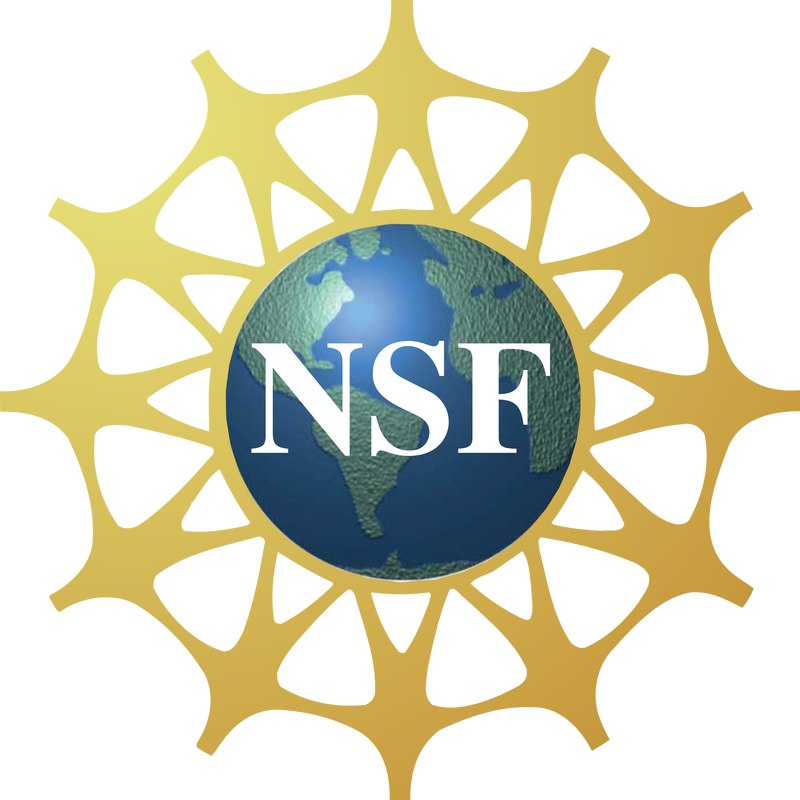When you first learn about stacks of plant specimens housed in herbaria, it is tempting to envision these collections as quiet, inanimate storage spaces. You can imagine the smells of paper and dust, the quiet hum of florescent lights, and imposing rows of tightly shut cabinets. Indeed, many California herbaria are currently fated to this state with the shelter-at-home order still in place, but this was not always the case. Herbaria can be bustling hubs of creating, tending, discovering, and learning, and without constant care and curation, years of hard-earned data can be imperiled. Even when students learn from home and researchers keep to their desks, herbaria still require resources and attention.
Herbarium specimens are like delicate archival books: subject to rot, insect infestation, and general decay when not properly cared for. This is particularly important in warm environments, where heat and humidity can accelerate deterioration, the growth of mold, and the proliferation of pests. In California, one such infamous pest is the cigarette beetle, a tiny but destructive creature that can consume all plant matter on an herbarium specimen (and leave holes in the mounting paper, to boot!). Book lice are even smaller pests—about the size of a grain of sand—that nevertheless have huge appetites and can munch through herbarium specimens at startling speed. Flowers and fruits, perhaps the most important features for conclusively identifying most plant species, are often the first parts to be targeted.
Controlling pests is a continuous battle. Historically, curators and collections managers used pesticides, but since these substances are often toxic to humans as well as pests, modern managers typically rely on integrated pest management: maintaining an environment that prevent pests and controlling outbreaks by freezing infected specimens. While safer, this approach takes a lot of work. The environmental conditions of the herbarium must be monitored for appropriate temperature and humidity, and cabinets must be constantly checked for new infestations. Once an outbreak is discovered, the cabinet must be sanitized and its entire contents frozen for several weeks. Without regular and careful observation, major and irreversible damage can occur in a relatively short amount of time.
Herbarium curation also includes repairing damaged specimens, organizing specimens that were pulled for research or other use, and—in most collections—keeping up with the backlog of specimens that have been deposited in the herbarium over time. (The latter task can be surprisingly formidable; large herbaria may have full-time staff whose sole responsibility is to mount specimens!) In addition, when not sheltering-at-home, herbarium staff lead tours of students and naturalist groups, and they help researchers, land managers, and the public find the botanical resources they need. All in the day's work for a curator of one of the world's most important sources of botanical data.
Don't let the tall, steel doors and stacks of papers fool you; herbaria are active spaces that need constant, careful support to preserve the irreplaceable data held within. These institutions safeguard centuries of botanical knowledge and hold the keys to countless future discoveries.
Further reading:
- Massey JR. 1974. Chapter 31: The herbarium. In Radford AE, Dickison WC, Massey JR, Bell CR. Vascular Plant Systematics. Harper and Row Publishers. Retrieved from http://herbarium.unc.edu/chpt31.html




